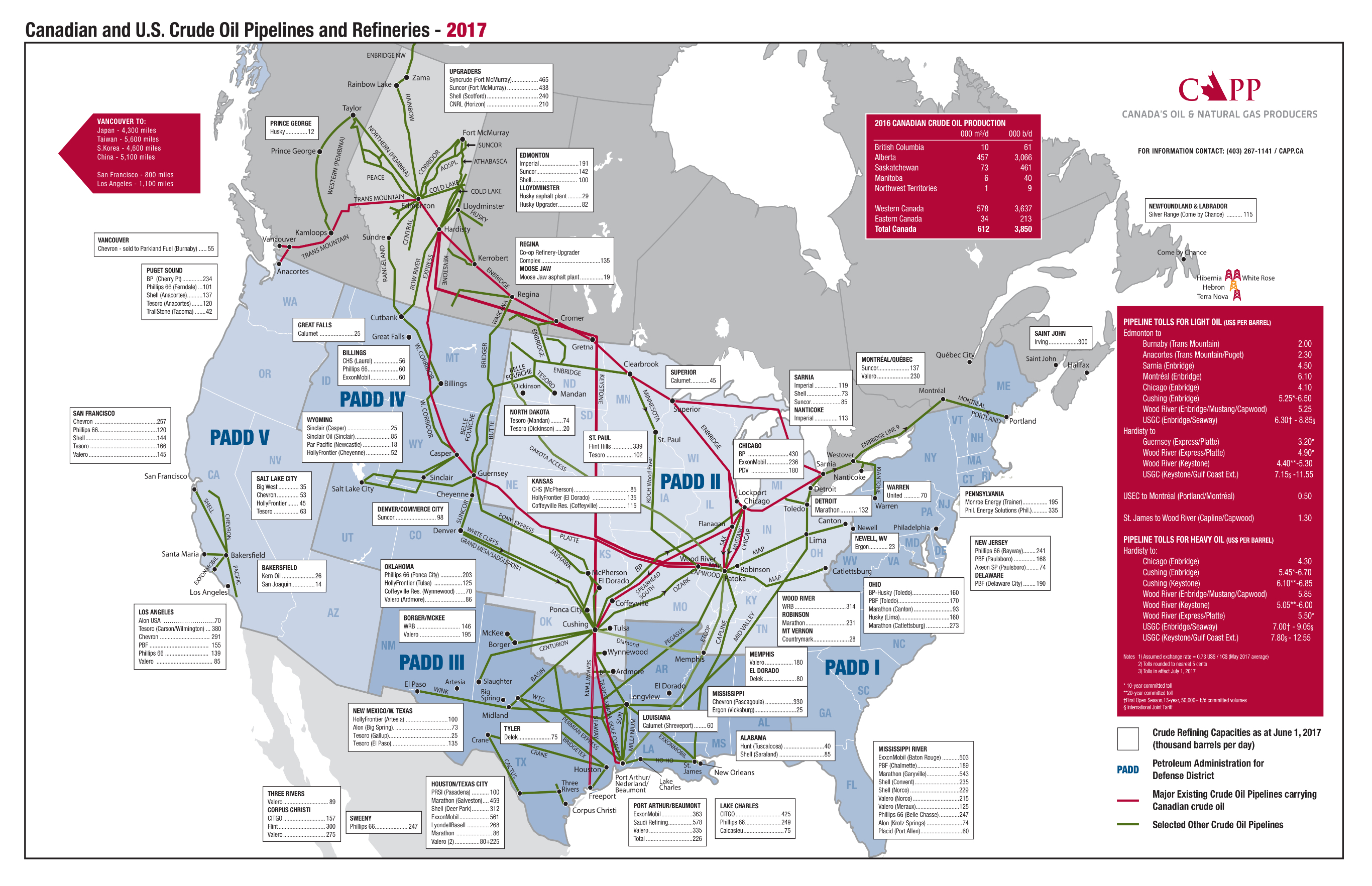
The U.S. hasn’t constructed a major petroleum refinery since 1977 even as fuel demand and domestic oil production have surged in recent decades.
Major refinery operators have largely opted to upgrade facilities rather than construct new greenfield plants because of the projected fuel demand decline in coming years and lengthy regulatory process required for such projects, according to industry experts. There have been 14 small refineries, each processing 4,100–46,250 barrels of oil a day, constructed since Marathon Oil opened its 200,000-barrel-per-day facility in Garyville, Louisiana, in 1977.
“The COVID pandemic really drove down gasoline and diesel demand which accelerated some things that were already happening,” Geoff Moody, the vice president of government relations at the American Fuel & Petrochemical Manufacturers (AFPM), told The Daily Caller News Foundation in an interview.
“There was already some contraction happening in the industry as a result of projected declines in U.S. gasoline demand into the future and companies just deciding that the assets were better used as other projects or shut down completely,” Moody continued. “Some of it [has] been very policy-driven and companies decided that it wasn’t worth it to keep operating those assets.”
The U.S. and other western nations have accelerated plans for a global green transition away from fossil fuels even as prices have skyrocketed to record levels this year. AFPM and other industry groups have urged the Biden administration to focus on long-term solutions, like boosting domestic oil production and shoring up refining capacity, amid the current energy crisis.
Global refining, which is vital for producing fuels like gasoline and diesel, decreased by 1.4 million barrels a day between 2019 and the first quarter of 2022, according to the International Energy Agency. Most of the refinery closures occurred in western countries, the data showed.
In the U.S., refineries processing a total of more than 800,000 barrels a day have closed since 2019 leaving the nation with a total operating refinery capacity of 17.7 million barrels a day, its lowest level since 2013. In addition, there are five idle U.S. refineries — the highest number since 2012 — which have a total capacity of 408,000 barrels a day, an issue the White House is reportedly considering addressing.
“Some refineries just shut down because of lack of demand, and they’re not coming back on,” Hugh Daigle, a professor of petroleum engineering at the University of Texas at Austin, told Minnesota Public Radio.
Moody, from the AFPM, added that companies have chosen to grow the footprint and throughput of existing refineries rather than make risky investments in new facilities. Refinery capacity has grown by about 3.3 million barrels per day as the number of refineries has fallen from 199 to 124 since 1985.
Dan Kish, a senior fellow at the Institute for Energy Research, blamed the decreased refinery capacity and lack of new greenfield projects on the growing number of environmental regulations and required permits.
“We’ve gone from many smaller refineries to refineries operating more efficiently and more economically,” Kish told TheDCNF in an interview. “Just like everything else, it’s very difficult to build anything or to keep anything operating in the United States where we have the strictest environmental laws in the world.”
“They keep squeezing emissions through Clean Air Act, through [the National Environmental Policy Act],” he continued. “They just throw lots of red tape at these folks and it makes it harder and harder to stay afloat.”
Since 2000, the Environmental Protection Agency (EPA) has entered into 37 settlements covering 112 refineries across 32 states with companies that control more than 95% of total U.S. refining capacity, according to a database of EPA enforcement actions. In March, Chevron Phillips Chemical Company agreed to make facility upgrades worth $118 million and pay a $3.4 million penalty over alleged Clean Air Act violations.
Meanwhile, a refinery being built in North Dakota, the largest greenfield refinery since the 1977 Marathon plant, began its permitting process in 2013 and isn’t expected to be completed until 2023, Forbes reported in 2020.
Another greenfield project located in Utah appears to have stalled since receiving a permit from the state’s Department of Air Quality (DAQ) eight years ago. The plant remains permitted but still hasn’t been constructed, Utah DAQ spokesperson Ashley Sumner confirmed in an email to TheDCNF.
No comments:
Post a Comment